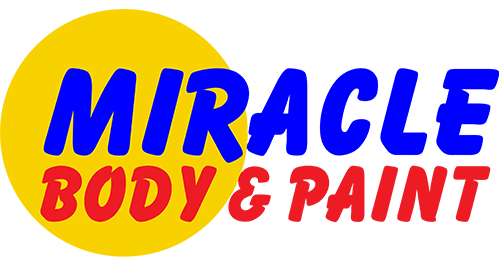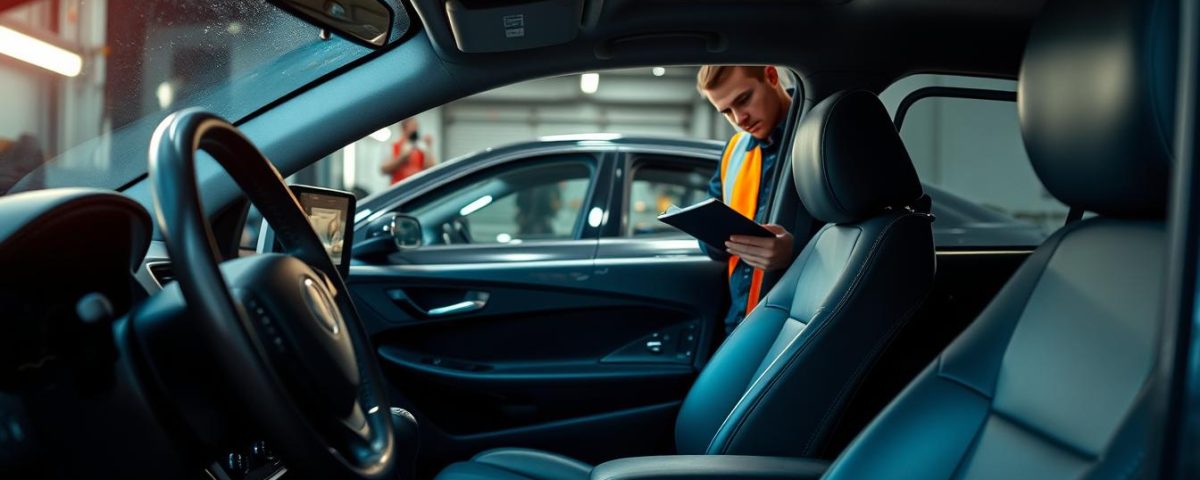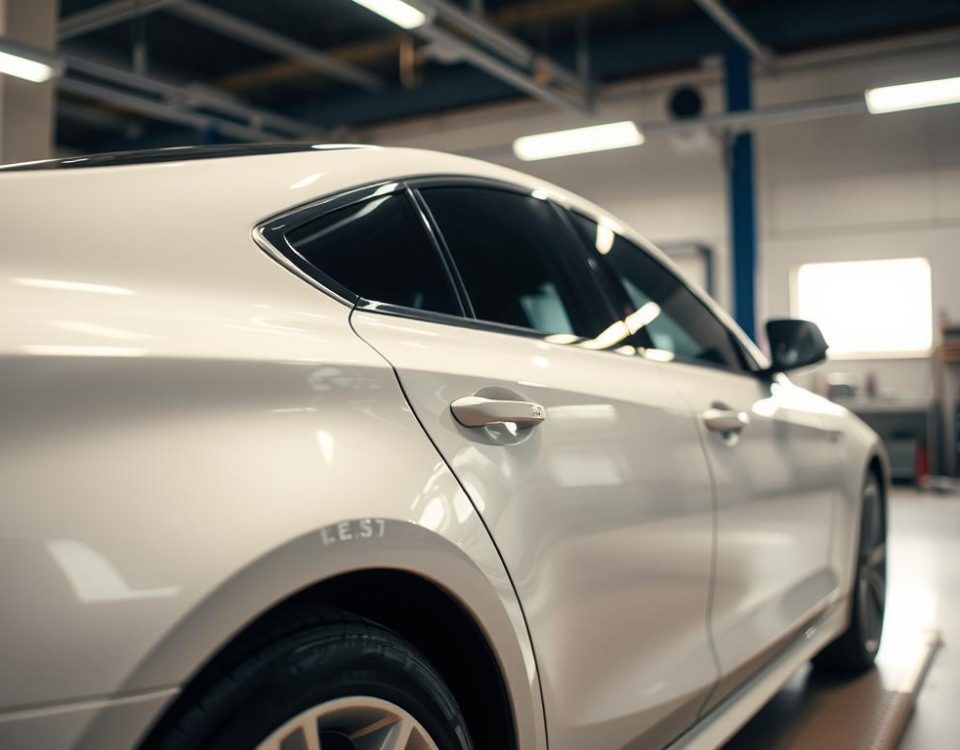
Do You Get a Free Rental Car with Repairs? Yes at Miracle Body and Paint
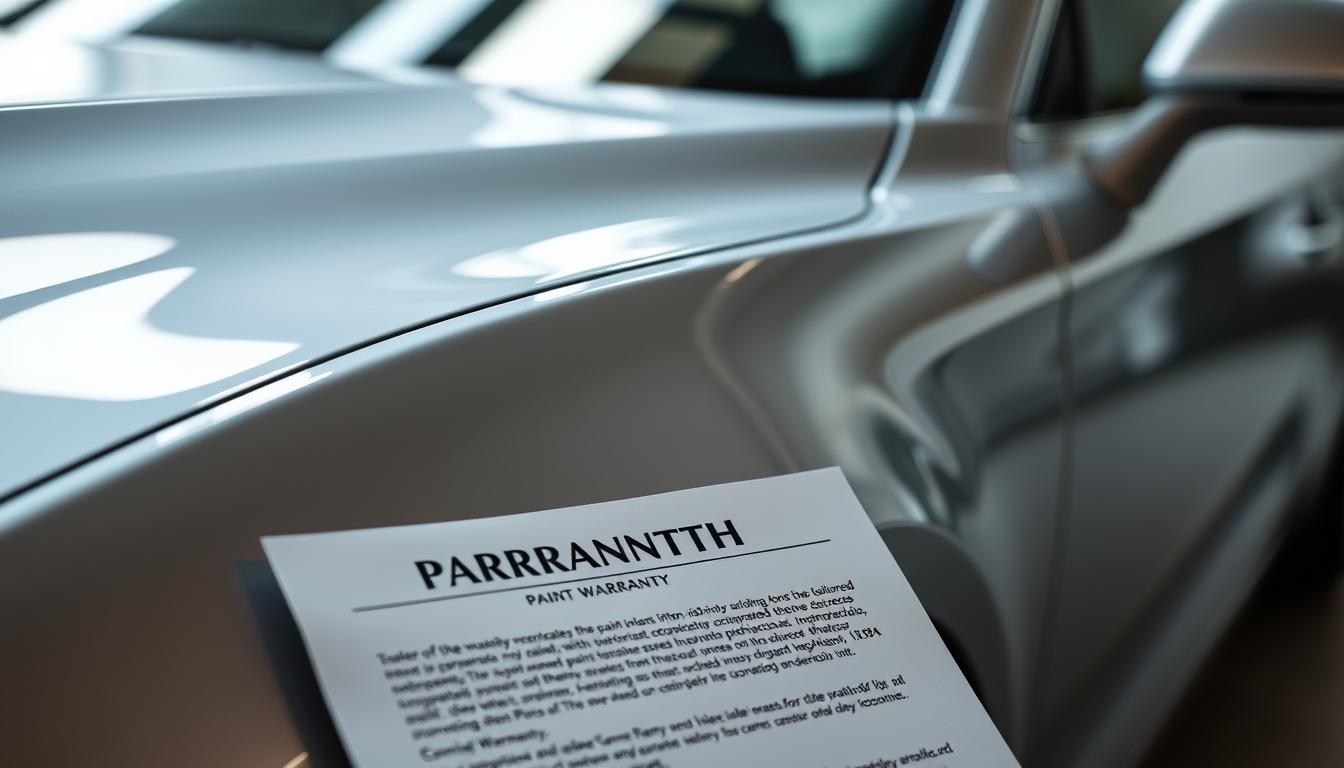
What’s Covered in an Auto Paint Warranty?
A car accident can be a stressful and chaotic event. Knowing what to do before you get into a wreck can help save you precious time and money. When an accident occurs, things often happen very quickly, with multiple stressful things vying for your attention all at once.
At Miracle Body and Paint Collision Center, we understand the importance of being prepared. Having a comprehensive post-accident checklist can help vehicle owners navigate the chaotic aftermath of a collision with confidence and clarity. This guide will walk you through the essential steps to take immediately after an accident, from ensuring safety to documenting damage for insurance claims.
Key Takeaways
- Understand the importance of having a post-accident checklist.
- Learn the essential steps to take immediately after a vehicle accident.
- Discover how to ensure safety and document damage for insurance purposes.
- Identify hidden damage that might affect your vehicle’s safety or performance.
- Navigate the aftermath of a collision with confidence and clarity.
Immediate Steps After an Accident
The moments following a car accident are critical, and understanding what to do can help protect you and your interests. Ensuring your safety and the safety of others is paramount.
Ensuring Safety First
First, check yourself and others for injury. If anyone is hurt, call 911 immediately. Even if the accident seems minor, it’s crucial to have emergency services on the scene if there’s significant vehicle damage or if anyone is injured.
Moving Your Vehicle Safely
If your vehicle is operational and it’s safe to do so, move it to the side of the road or a nearby parking lot to avoid obstructing traffic. This can help prevent further accidents.
Contacting Authorities
When police arrive, provide a factual account of what happened without admitting fault. Request the responding officer’s name, badge number, and case number for your records and future insurance claims. Ask how to obtain a copy of the police report once it’s filed, as this document will be crucial for your insurance claim. The report number will also be necessary for your records.
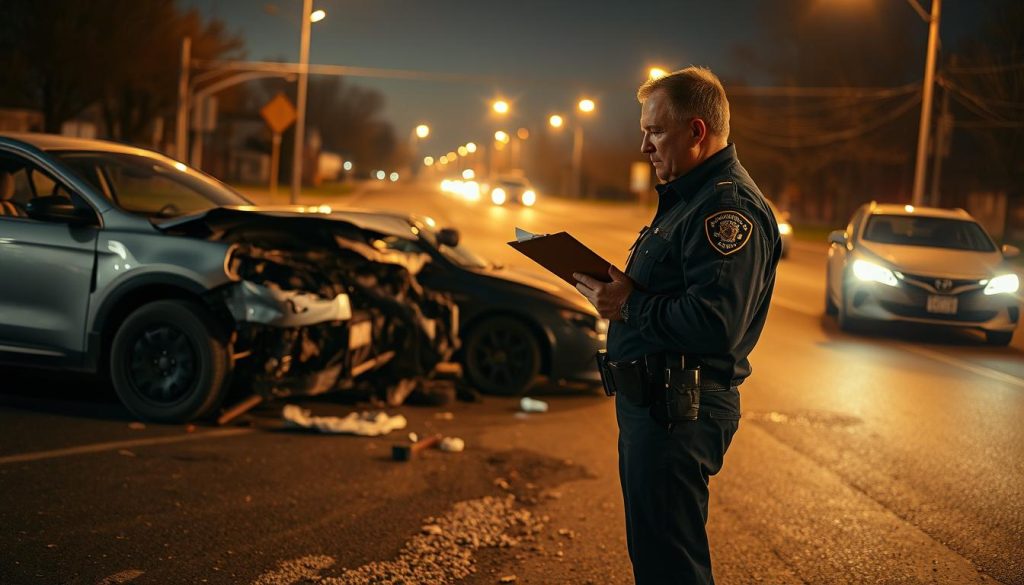
Complete Accident Damage Checklist
When involved in an accident, a detailed vehicle inspection is necessary to identify all potential damages. This checklist will guide you through assessing your vehicle’s condition post-accident.
Exterior Damage Assessment
Start by examining the exterior of your vehicle. Check for any body damage, including dents, scratches, or paint transfer. Inspect the glass and lights for any cracks, breaks, or damage.
Body Damage
Look for any signs of deformation or misalignment. Take photos of the damage from multiple angles to document the extent of the impact.
Glass and Lights
Check all windows, windshields, and lights for damage. Even small cracks can compromise safety.
Mechanical Systems Inspection
Next, inspect the mechanical systems of your vehicle. Check the engine for any signs of fluid leaks and inspect the tires and wheels for damage.
Engine and Fluid Leaks
Look for any signs of leakage around the engine and check the fluid levels. Document any unusual findings.
Tire and Wheel Damage
Inspect the tires for punctures, uneven wear, or damage to the sidewalls. Check the wheels for any bending or cracking.
Safety Features Evaluation
Finally, evaluate the safety features of your vehicle. Check the airbag systems and inspect the seat belts and restraints.
Airbag Systems
Check if any airbags have deployed. Even if they haven’t, they may still need professional inspection.
Seat Belts and Restraints
- Examine all seatbelts for signs of stretching, fraying, or damage.
- Test the retraction and locking mechanisms.
- Check seatbelt pretensioners and child safety seats.

Essential Documentation and Information
Understanding what documentation is required after an accident can significantly ease the process of dealing with insurers. Promptly gathering the necessary information is crucial for a smooth insurance claims process.
Gathering Evidence at the Scene
After ensuring safety, gathering evidence at the accident scene is vital. This includes taking photos of the damage, noting the location, and identifying any witnesses. Such evidence supports your insurance claim and helps in determining fault.
Exchanging Information with Other Parties
Exchanging information with the other parties involved is a critical step. Ensure you collect names, contact details, and insurance information. This data is essential for filing a claim and communicating with the other party’s insurance company.
Insurance Documentation Requirements
Notifying your insurance company about the accident as soon as possible is crucial. Most policies require immediate reporting to avoid coverage issues. Be prepared to provide details about the accident, including the police report number if applicable, and any evidence you’ve collected. Understanding your policy’s coverage and the claims process can help manage your expectations and facilitate a smoother experience.
- Contact your insurer promptly to report the accident.
- Provide all necessary information, including photos and witness statements.
- Keep a record of all communications with insurance companies.
Conclusion: When to Seek Professional Collision Repair
Understanding when to seek professional collision repair is vital for your vehicle’s safety and performance. After a car accident, it’s essential to assess your vehicle’s damage thoroughly to determine the necessary repairs.
Following our comprehensive accident damage checklist can help you identify when professional help is needed. Even seemingly minor damage can indicate more serious underlying issues. Insurance companies often work directly with reputable collision repair centers like Miracle Body and Paint to streamline the claims process.
- Professional collision repair is essential for structural damage, airbag deployment, or mechanical system damage.
- Miracle Body and Paint Collision Center specializes in thorough post-accident inspections and quality repairs.
- Our team handles insurance claims coordination to reduce the stress of dealing with the aftermath of an accident.
For professional collision repair services, trust Miracle Body and Paint Collision Center. Contact our Northwest San Antonio location at (210)680-1987 or our Northeast San Antonio location at (210)858-3630 to schedule your post-accident inspection and repair.

